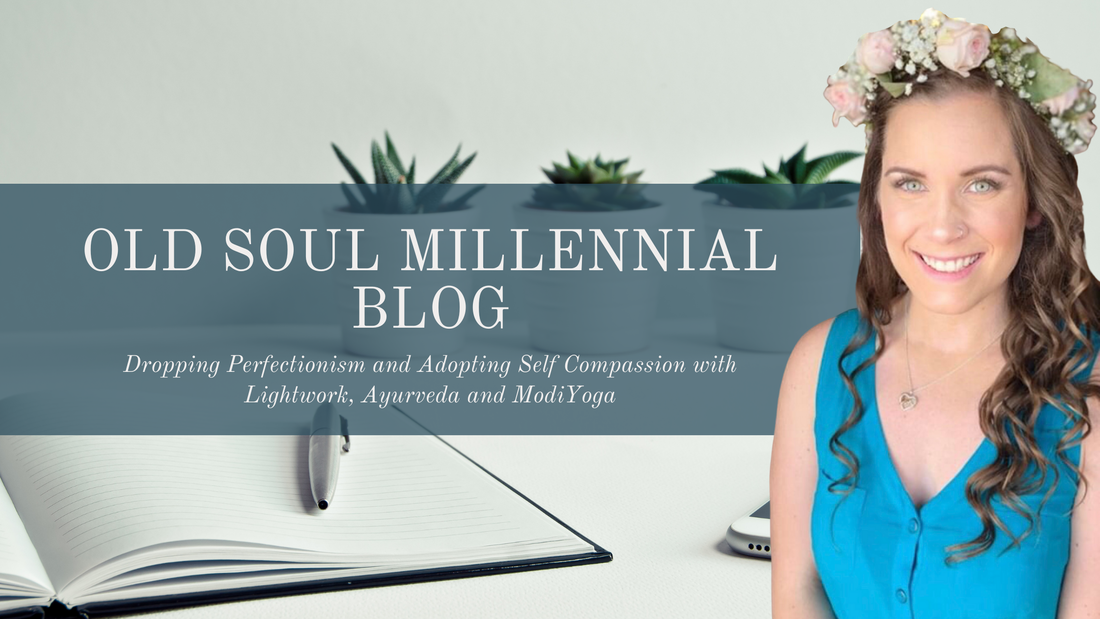|
eLearning is a term well known in the corporate and military sectors, but is emerging at a rapid rate in the spiritual and holistic health spheres. Healers around the world are recognizing their potential reach beyond the yoga studio and treatment room by taking their wisdom to the World Wide Web.
As a millennial, I grew up in a unique time. Our generation was born just before smart phones were invented and social media existed. We saw the progression from dial-up to Wi-Fi, from MySpace to Facebook, and even Twitter to Instagram. We understand how to use this technology and have a firm grasp on how we can use it to communicate globally. Being a millennial is a unique position as a holistic healer; we have the knowledge and expertise to apply our online skills to reach more people than we could ever see in a private, or even group, session. Historically, holistic wisdom and teachings are passed down to family or community members by word of mouth, by means of apprenticeship, or by written text. Recently, the digital age and the wave of the Internet entirely shifted the way information is passed along to others. Instead of waiting to receive sacred texts or wisdom from elders, those seeking holistic wisdom and teaching can simply search for articles, follow healers on social media, or even participate in online courses. With this shift to eLearning brings a challenge for healers and holistic health coaches to create quality courses for their clients and students. Many of these healers are not educators by trade and do not have experience in online instructional design. There are many online courses that are simply “page-turners†with primarily text or videos and limited interaction or problem solving integrated into the courses. As an instructional designer and a holistic health practitioner, I understand how vital it is to integrate such student engagement with this new age of online learning. The information healers are passing along should reach as many people as possible to continue the healing process. However, this information will create a lasting, meaningful impression on students and clients if they can also relate the lesson to an experience, as if they are in person for a training or session. Traditional eLearning mirrors traditional classroom learning: I talk; you listen. However, the new generation of learning demands and expects more. We are a tactile society, used to touch screens and interactively gaining knowledge. Therefore, our eLearning should reflect this desire for interactive digital activity. Imparting knowledge is a tradition of the past that should be held sacred, but today’s holistic healing humans are interested in experiential learning, as well. As a holistic healer who wishes to develop meaningful, valuable, and relevant online courses, I seek to learn from those currently in the field and to also apply my skills as a professional educator. I hope to make the learning come alive by applying best practices and utilizing the instructional design theories that I studied. The ancient wisdom and teaching that are resurfacing in the 21st Century have a large audience of conscious-minded learners, ready to meditate, stretch, balance, and develop as the best versions of themselves. They are learning to trust themselves as their own gurus, selecting the teachings and traditions that work for and resonate with them. We are no longer limited to the lessons from our immediate, physical community; rather, we can learn from anyone, anywhere in the world. Such freedom and accessibility provide ample opportunity for building community, sharing, applying problem solving, and creating a cultural shift. The future of online, holistic health courses moves beyond reading articles and watching webinars. Integrating community discussion, problem solving, application of skills, interactivity, virtual reality, augmented reality, and gamification have great potential to open the doors of communication for modernized, ancient wisdom and teachings to come to life. The goal is to create an authentic learning experience, as if the students are experiencing an in-person session. The first step to achieving this goal is to recognize how we can best serve the online learners in a way that makes a lasting impact. How will you contribute to this movement? Comment below with your reactions and responses. I would love to hear your ideas and opinions!
1 Comment
|
AuthorAbout the Editor: Archives
January 2021
Categories |



 RSS Feed
RSS Feed
